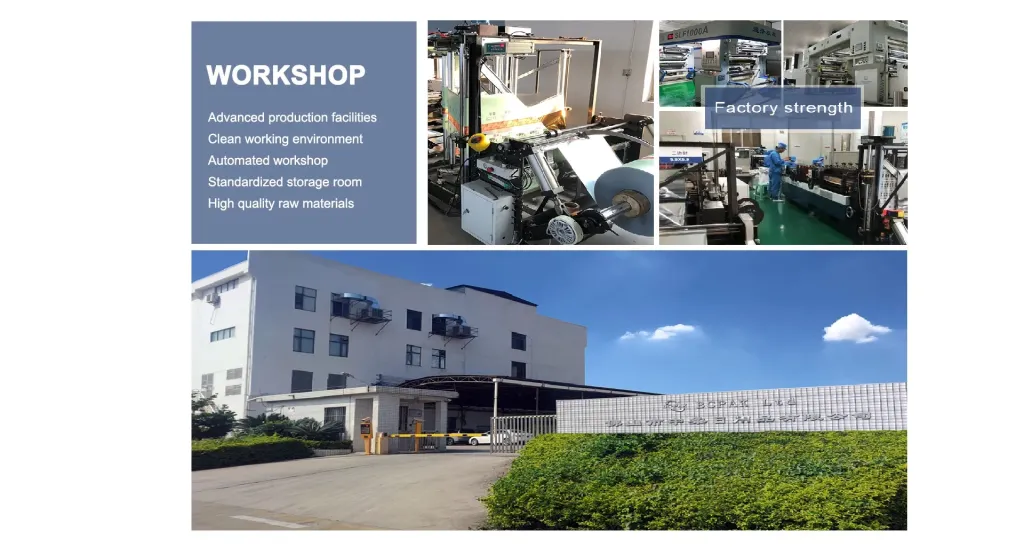Understanding pipe fittings is crucial for anyone involved in plumbing, construction, or any field requiring fluid or gas transport systems. These small yet vital components facilitate the connection, control, and direction of pipes, ensuring efficient and safe delivery of materials. Selecting the right pipe fitting involves understanding their types, materials, sizes, and the specific needs of your project.

Pipe fittings come in various types, each designed for specific purposes. Common types include elbows, tees, couplings, unions, bushings, and valves. Elbows alter the direction of flow, making them invaluable in custom-fit systems. Tees allow fluid distribution in branching flow paths, while couplings and unions connect pipes of similar or varying diameters. Bushings insert fittings to adapt one size opening to another, and valves control fluid flow, crucial for system maintenance and safety.
The material composition of pipe fittings plays a pivotal role in their performance and durability. Metals such as copper, steel, and brass are preferred for their strength and thermal resistance, making them suitable for high-pressure and temperature settings. Copper is particularly favored for its anti-corrosive properties, essential in water supply systems. Alternatively, plastic materials like PVC, CPVC, and PEX offer cost-effective solutions with flexibility and resistance to chemical reactions, ideal for residential plumbing and certain industrial applications.

Understanding the expertise behind selecting pipe fittings involves recognizing the relationship between the fitting material and its application environment. For instance, while metal fittings provide strength, they may not suit systems carrying corrosive fluids. Here, plastic fittings outperform due to their inert nature. This decision embodies the expertise required in selecting the appropriate fitting, ensuring compatibility with the system requirement and longevity of the infrastructure.
pipe fittings
Authoritativeness in the industry comes from adhering to established standards and regulations. ASTM, ANSI, and ISO set guidelines ensuring fittings provide reliable performance. Products carrying certifications from these bodies guarantee they meet rigorous safety and quality benchmarks. Therefore, sourcing fittings from reputable manufacturers complying with these standards enhances the credibility of the system, providing peace of mind to stakeholders regarding the infrastructure's integrity.
The trustworthiness of pipe fittings is also tied to proper installation and regular maintenance. Even the highest quality fittings can fail if incorrectly installed or if preventative measures against wear and tear are not implemented. Therefore, following precise installation guidelines and scheduling inspection routines can prevent system failures, underscore the system's reliability, and mitigate potential risks.
In conclusion, understanding the nuances of pipe fittings involves unraveling their types, material qualities, and the critical balance between application needs and environmental conditions. Through expertise, authoritative adherence to standards, and ensuring trust through proper use and maintenance, one can optimize the performance and reliability of any piping system. Thus, when exploring pipe fittings, knowledge backed by practical insights and authoritative guidance ensures optimal choices and effective system operations.
Post time: জানু.-06-2025









